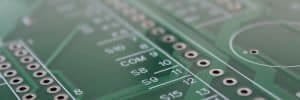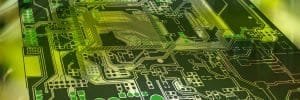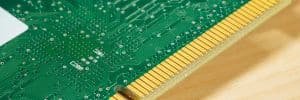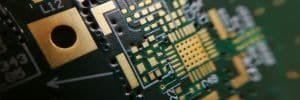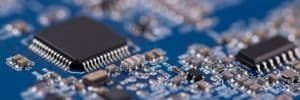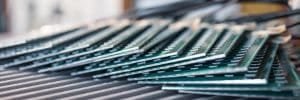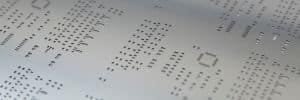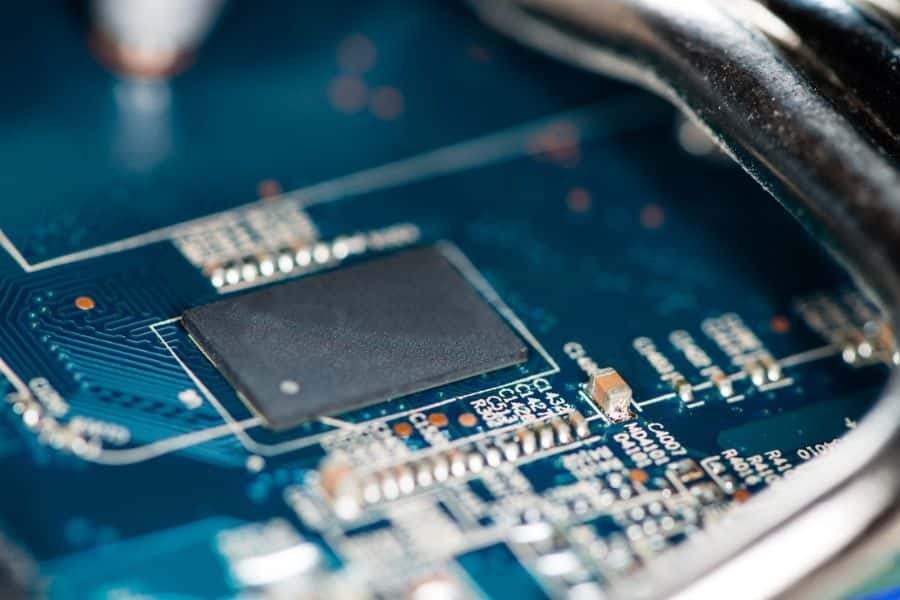Table of Contents
Surface Mount Technology (SMT) is a cornerstone of modern electronics manufacturing, enabling the production of compact, high-performance devices. By mounting components directly onto the surface of PCBs, SMT has revolutionized PCB assembly, replacing traditional through-hole methods in many applications. But what makes SMT so popular, and where does it fall short? This comprehensive guide explores the key advantages and disadvantages of SMT, its applications, and why it’s the preferred choice for manufacturers like JHYPCB.
What Is Surface Mount Technology (SMT)?
SMT involves placing electronic components, known as surface-mount devices (SMDs), directly onto a PCB’s surface without drilling holes. Automated pick-and-place machines and precise soldering techniques ensure components are securely attached, enabling faster production and compact designs. From smartphones to automotive electronics, SMT powers a wide range of industries, offering efficiency and versatility.

Key Advantages of Surface Mount Technology
1. Streamlined Manufacturing Efficiency
SMT significantly boosts manufacturing efficiency by eliminating the need for drilling holes, a time-consuming step in through-hole assembly. Automated pick-and-place machines can place thousands of components per hour, reducing setup times by up to 50% compared to traditional methods, according to a 2024 industry report by IPC. This streamlined process lowers initial production costs and accelerates prototyping, making SMT ideal for high-volume production.
For example, JHYPCB leverages SMT to produce PCB prototypes in as little as 24 hours, enabling clients to bring products to market faster. Learn more about our quick-turn PCB assembly services.
2. Unmatched Design Flexibility
SMT allows manufacturers to combine surface-mount and through-hole components on the same PCB, offering unparalleled design flexibility. This hybrid approach supports complex designs, such as multilayer PCBs used in 5G devices, without compromising functionality. Designers can place components on both sides of the board, maximizing space and enabling innovative layouts.
For instance, SMT’s versatility enables the integration of high-end components like microcontrollers and sensors, facilitating multitasking in applications like IoT devices. Explore our Design for Manufacturing (DFM) guide to optimize your PCB designs.
3. Enhanced PCB Stability and Performance
SMT components are securely soldered to the PCB surface, providing superior stability under harsh conditions. Unlike through-hole components, which may loosen due to vibrations, SMT ensures durability in demanding environments like automotive and aerospace applications. According to IPC’s SMT Guidelines, SMT components exhibit 30% higher durability in high-stress conditions.
For example, in electric vehicles, SMT-enabled PCBs maintain reliable performance under extreme temperatures and vibrations, ensuring safety and longevity.
4. Compact and Lightweight Devices
SMT enables the creation of smaller, lighter devices by reducing the number of PCBs required. Components can be mounted on both sides of a single board, increasing connection density without sacrificing quality. This makes SMT ideal for space-constrained applications like smartphones, wearables, and medical devices.
Additionally, SMT supports faster circuit speeds due to shorter signal paths, a critical advantage for high-frequency applications like 5G and IoT. For instance, modern smartphones rely on SMT to pack hundreds of components into a slim form factor while maintaining high performance.
5. Electromagnetic Compatibility (EMC) Compliance
SMT PCBs undergo rigorous testing to ensure electromagnetic compatibility (EMC), meeting regulatory standards and enhancing product safety. Lower lead inductance in SMT designs reduces electromagnetic interference (EMI), improving overall performance. This makes SMT a preferred choice for consumer electronics and medical equipment, where reliability is paramount.
6. Precise Selective Soldering
SMT’s selective soldering process allows manufacturers to tailor soldering techniques to specific components, acting as both an adhesive and a conductor. This customizable approach ensures optimal component placement and reliability, unlike the one-size-fits-all methods of traditional assembly. JHYPCB’s advanced soldering techniques guarantee precision for even the most complex projects.
7. Automatic Component Alignment
The surface tension of molten solder in SMT automatically aligns components with solder pads, correcting minor placement errors during reflow soldering. This self-correcting feature reduces manufacturing defects, ensuring high-quality PCBs with minimal rework.
8. Cost-Effective Components
Despite its advanced capabilities, SMT components are generally more affordable than through-hole counterparts. This cost advantage, combined with reduced labor and production times, makes SMT a budget-friendly option for manufacturers. For example, JHYPCB’s SMT solutions help clients achieve high performance without breaking the bank.
Disadvantages of Surface Mount Technology
While SMT offers numerous benefits, it’s not without challenges. Understanding these limitations is crucial for making informed manufacturing decisions.
1. Limited Repairability Due to Small Lead Spaces
SMT’s compact design results in tightly spaced leads, making repairs challenging. Faulty components on densely packed PCBs require specialized tools like X-ray imaging or automated optical inspection (AOI) to diagnose issues accurately. While these tools mitigate repair difficulties, they increase maintenance costs.
Solution: Invest in advanced inspection technologies and ensure robust PCB design to minimize repair needs. Learn about JHYPCB’s quality assurance processes.
2. Potential Solder Connection Issues
SMT solder joints may weaken during thermal cycling or potting applications, especially in high-stress environments. This can lead to connection failures, impacting device reliability.
Solution: Use high-quality solder materials and conduct thorough stress testing to ensure long-term durability.
3. Unsuitable for High-Heat or High-Load Components
Components that generate significant heat or handle high electrical loads are less compatible with SMT, as excessive heat can melt solder joints. In such cases, through-hole technology may be a better fit.
Solution: Combine SMT with through-hole components for hybrid designs that balance performance and reliability.
Applications of Surface Mount Technology
SMT’s versatility makes it indispensable across industries:
- Consumer Electronics: Smartphones, tablets, and wearables rely on SMT for compact, high-performance designs.
- Automotive: SMT PCBs power advanced driver-assistance systems (ADAS) and infotainment systems.
- Medical Devices: Compact SMT designs enable portable diagnostic tools and implantable devices.
- IoT and 5G: SMT supports high-speed, high-density PCBs for connected devices and telecommunications.
Final Words: Why Choose SMT for Your Next Project?
Surface Mount Technology remains the gold standard for PCB assembly, offering unmatched efficiency, flexibility, and performance. While challenges like repairability and design complexity exist, the benefits far outweigh the drawbacks for most applications. As industries like IoT, automotive, and consumer electronics continue to evolve, SMT’s role in enabling compact, reliable devices will only grow.
Ready to leverage SMT for your PCB assembly needs? JHYPCB, with over 15 years of experience, offers high-quality SMT PCB assembly, quick-turn prototyping, and full turnkey services tailored to your project. Get Your Free SMT PCB Assembly Quote Now.

